 In the course of my career as an architectural illustrator, populating project perspectives was a necessity for humanizing a new building design in its intended environment. The scale of figures had always been critical for establishing scale of the structure and the spatial depth of the overall view. The matter becomes a key compositional process in streetscape imagery, with foreground figures and natural activity and gestures, and other details that need to be depicted, the positioning of which not be intrusive to the big picture of the new design.
In the course of my career as an architectural illustrator, populating project perspectives was a necessity for humanizing a new building design in its intended environment. The scale of figures had always been critical for establishing scale of the structure and the spatial depth of the overall view. The matter becomes a key compositional process in streetscape imagery, with foreground figures and natural activity and gestures, and other details that need to be depicted, the positioning of which not be intrusive to the big picture of the new design.
A watercolor for Cesar Pelli, in what was a rare scenario at the time – a rain shower on a cloudy, drizzly day – was a new tower’s office entry in a historic Boston transit station. My familiarity with this area of the city was a valued input to the New Haven design team for informing the project depiction. The hunched and umbrella-carrying figures are grouped in a supportive way to highlight the new entry facade, just off center of the view; but yet the active figures provide comfortable movements for the eye along the street space, and throughout the painting.
Another varied example of figurative positioning is detailed in a shaded university concourse at a new UC Merced campus – for EHDD in SF – depicting crowded student activity on a bright California day; yet such population not overpowering the tangible components of adjacent buildings and the shielding design of an upper sun screen and planted pergola. All these figures were first sketched out for rough positioning on an initial overlay of the perspective, then refined primarily from memory, but also from some reference photos for figure types and clothing. A second, or even a third layer, was sketched to help in refining the proportions and overlapping forms and gestures, before adapting the figures to a final drawing. To make-up or imagine such scale groupings was my own imposed challenge for comfortably enhancing and balancing this illustration.
Not having had any art lessons or figure drawing experience, I kept different sizes and types of sketchbooks for notating gestures of figures that caught my eye; whether that be at home, or travelling, or in conferences or meetings. The gestural action of a subject at these moments required a confident hand to well place the figure in the space of the page, while capturing convincing proportion for whatever the gesture might be; usually in a relaxed attitude. The medium did make a difference in approach and comfort level, and correctability. Pencil, charcoal, and color pencil allowed for some adjustments that enhanced a wobbly work and helped cover the inaccuracies of proportion with some level of honest “technique”.
But I found the best results from a drawing to be an almost an intuitive engagement with the subject, whereby a rational, deliberate judgement was suspended for the flowing, if not frantic, energy of capturing the arresting vision of that subject. In this case of my friend and colleague delivering an animated talk, his continued movement required intermittent drawing to fit the initial gesture drawn at the outset for capturing the figure.
However, when opting to really challenge myself, and improve my skill sets by using the uncorrectable medium of pen & ink, the need for more careful seeing and more deliberate judgement for the mark-making and continuity of line work required even more concentration and patient seeing. Confident speed was also a necessity in this process for drawing the figure, since movements, however slight, altered the shape of space and the figure’s ground-to-field relation, as well as facial features and expression, glasses, limbs, clothing, etc.,
Depending on my relative location to who I might be drawing, the pen & ink medium necessitated an almost disengaged, detached place of mind; and to avoid an intellectual analysis of the process, or a questioning hesitation in capturing the figure. The truth of such drawing was seemingly verified by the reaction of viewers, or the subjects themselves. What emerged was a depiction of the intangibles of action and/or emotion. The drawing always tells the truth.
I can only encourage folks to adopt sketchbook drawing, not only for practice in sharpening the eye, but also for pleasure of mark-making, and refining one’s drawing, visual and memory skills. The drawing experience will be further enhanced as the artist becomes deeply engaged in a given moment.
I’ve had the pleasure of drawing my sons since they were born, and continuing for nearly 50 years, to do sketches of them. This ongoing sketch practice informed my illustration work, as well as other artworks I’ve been fortunate to produce. I can only strongly suggest that figure sketching is well worth anyone’s effort; and it can only help in informing numerous skill sets that will very likely improve one’s professional work too. And however imperfect those sketches may be, they will always serve as memorable records of one’s engagement with people, places and times. copyright – f.m.costantino, 2019





